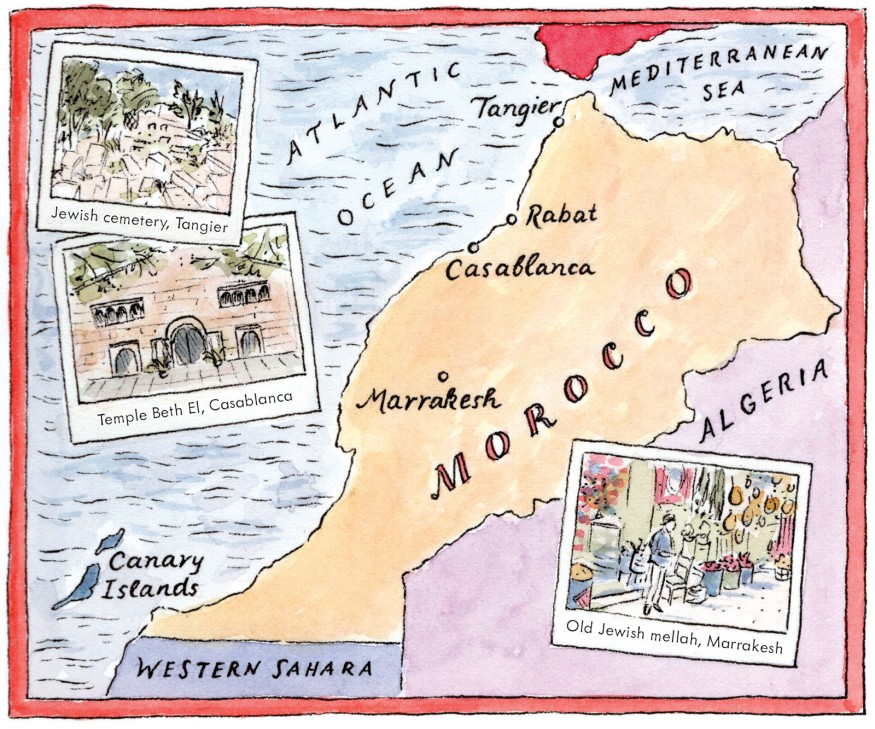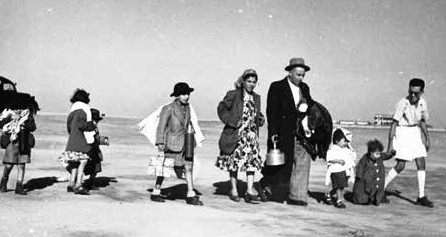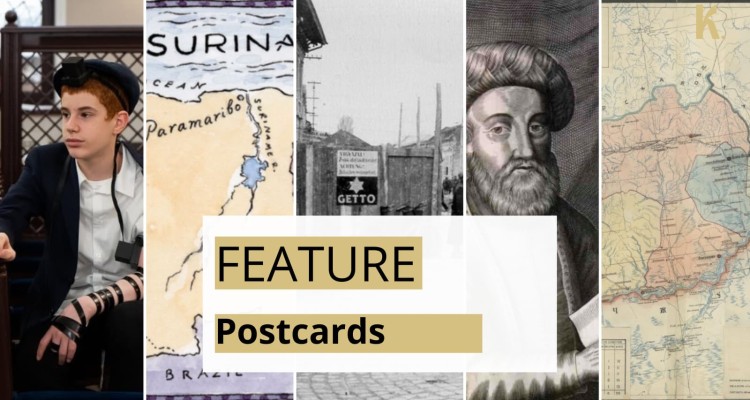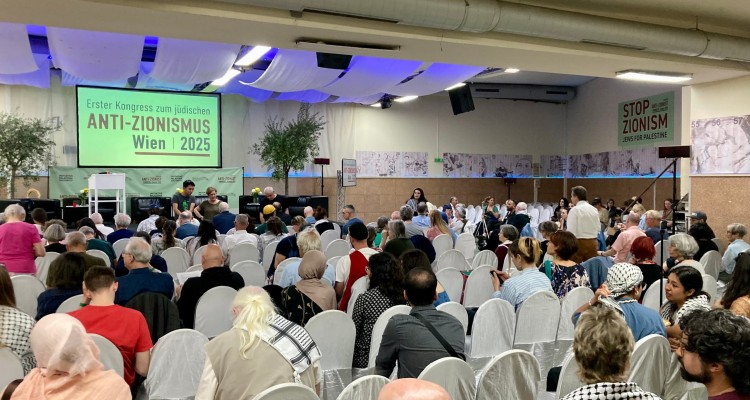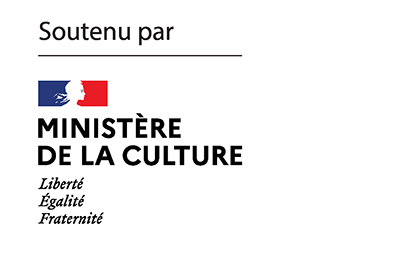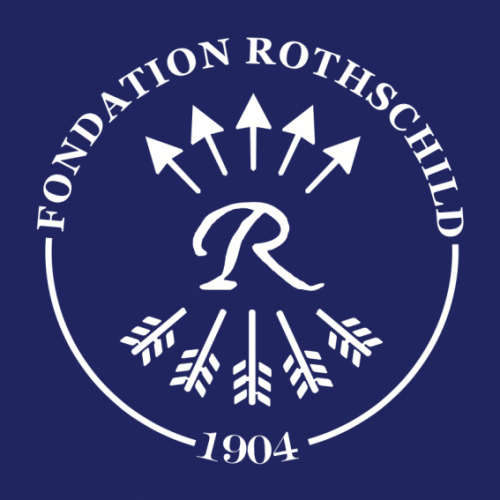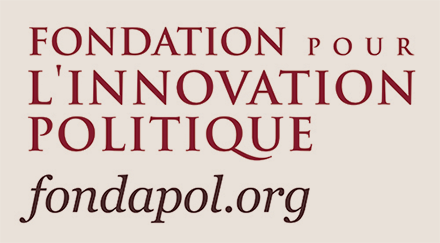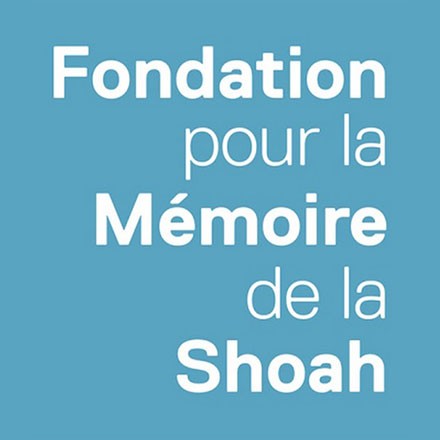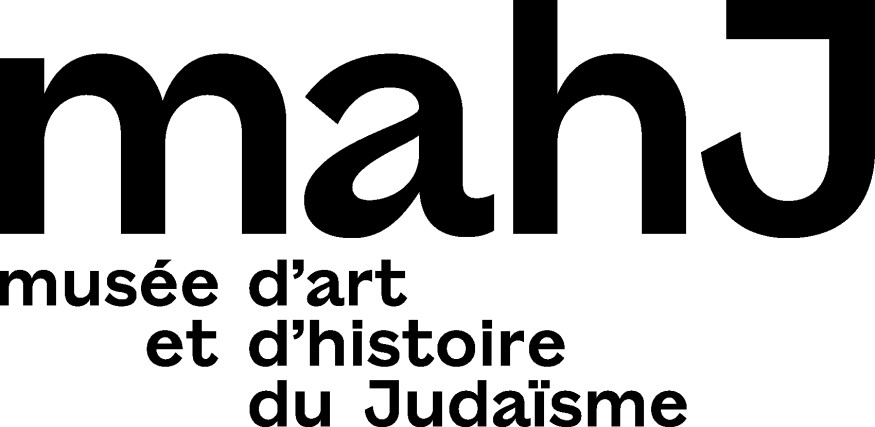The Moroccan Jewish community now numbers only between 1500 and 2000 members. It is aging quietly, without renewal, in a Jewish Morocco that is a mixture of kitsch, nostalgia and ghostly presence, but where Israeli tourists are increasingly numerous. After his postcards, sent first from Canvey Island, near London, and then from Ukraine[1], journalist Anshel Pfeffer sends us a letter from Morocco this week.
Two Parisian men are sitting in the Beth El synagogue on the edge of the old Jewish Quarter of Casablanca. Shabbat is about to begin, but they and a journalist sitting behind them are the only people there.
“Is this really the biggest synagogue in Morocco?” one of them asks, incredulously. His friend responds with a Gallic shrug.
A few minutes later, Yisrael Hazout, the short, portly rabbi who, though born in Morocco, has spent much of his life in Israel, arrives by van with a couple of other elderly members. A group of American tourists follow. A few elderly Moroccans and a couple of Israeli expatriates make up the rest of a congregation that at its peak, by the start of maariv, reaches about 20 men and two women.
Beth El is the main synagogue in use in the largest city in the Maghreb, which is also home to the largest Jewish community in the Arab world. It is spotless. The community employs an Arab cleaner who is on the premises throughout the day. She also opens the gate during the week to the small but steady stream of tourists. Even so, there is a certain air of neglect.
No one has gone to the trouble of updating the prayer times on the noticeboard, and Covid-19 regulations put up for Rosh Hashana two years ago are still there. Two-thirds of the seats remain cordoned off to maintain social distancing, which ceased to be mandatory long ago. As one community member says, “we can maintain Beth El. We can’t force anyone to go and pray.”
The Jewish community of Casablanca, which formally claims to have 1,100 members, is in a curious position. On the one hand, this remnant of one of the proudest centers of Jewish life in North Africa is in terminal decline. On the other, it has just received a lifeline in the shape of a significant influx of Israeli tourists and entrepreneurs, as well as Jews from other countries, all enthused by the idea of Morocco’s opening up.
The Abraham Accords that Morocco joined in late 2020, establishing full diplomatic ties with Israel, were the formalization of a trend a couple of decades old, in which King Muhammad VI and his government encouraged members of the Jewish Moroccan Diaspora to return and invest in its economy, and they also safeguarded and renovated Jewish sites, synagogues, shrines and cemeteries, even in places where Jews no longer live. But the king came to the throne too late to reverse a process of departure that had already progressed so far.
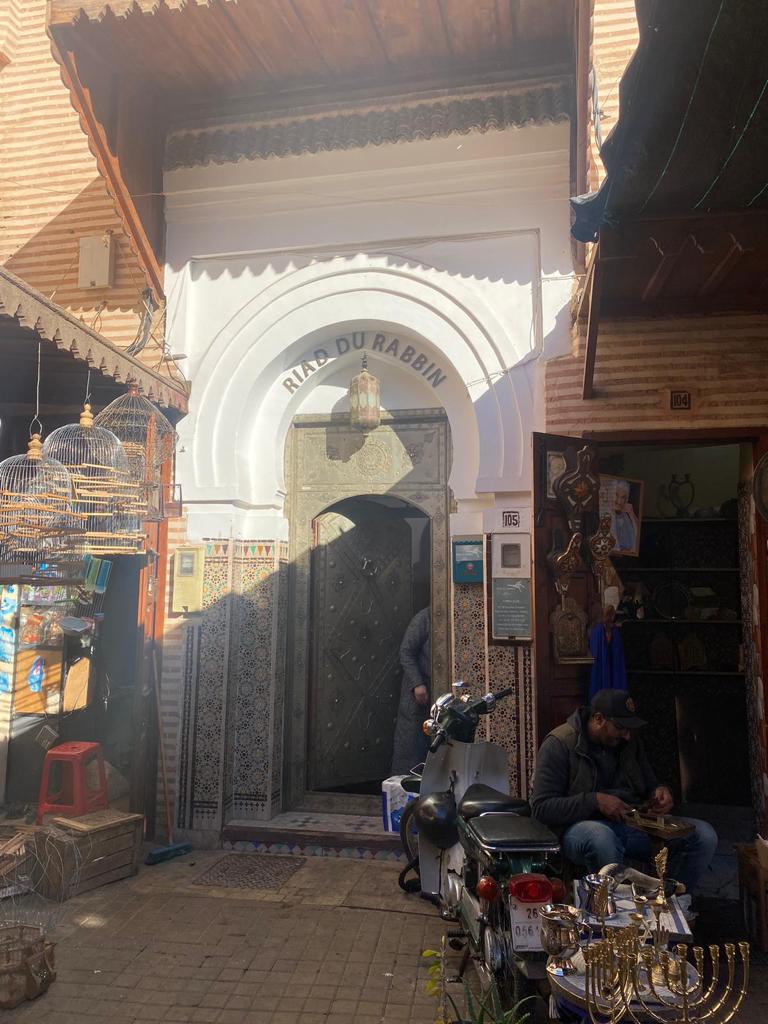
At the community’s peak in the mid-20th century, some 270,000 Jews lived in French and Spanish Morocco and the Tangier International Zone. It was downhill from there, when mass emigration took off, given the attraction of living in newly independent Israel or Western countries, combined with fears of the antisemitism that might emerge with the end of colonial rule — fears that some accuse Zionist organizations of exaggerating. Belated attempts by King Hassan II to protect the remaining Jews were unsuccessful: By his death in 1999, only 5,000 Jews or so remained. In the past two decades, that number has halved.
In one important respect, however, the kings’ efforts succeeded. Reports of antisemitic attacks in Morocco are exceedingly rare. Israeli tourists who began visiting long before the Abraham Accords were signed are welcomed without a hint of hostility. But the Jewish Morocco they discover when they arrive is a combination of history, nostalgia, and kitsch. About 200 synagogues and shrines of rabbis are meticulously preserved, and the government is constantly working to open up new ones. Just this August, another synagogue-cum-museum reopened in the Casbah of Tangier, in a tiny street near two others (in Tangier, wealthy Jewish families liked to each have their own synagogue). But no one prays there. As a French-Jewish fashion executive who has a holiday home nearby told me, “I love the fact they are there, it makes me feel good. But I’ve never seen a tefilah there.”
Jewish history in Morocco often seems to be in much better shape than contemporary Jewish life. In Tangier, the beautiful, ancient Jewish cemetery in the touristy old town overlooking the sea is in immaculate condition, though no one has been buried there since the 1940s. The cemetery in the new town, still in use for the tiny, aging community that remains, is weed-grown and dilapidated.
But there are those who see opportunity in a community with many assets and few members. For example, Yeshivat Shuva Yisrael, led by Rabbi Yoshiyahu Yosef Pinto, has opened a branch in the Beth El building in Casablanca. A few of Rabbi Pinto’s followers, distinctive in their white pants and caps, sit there during the week and study, though when Shabbat comes, they pray elsewhere.
Rabbi Pinto has moved to the capital, Rabat, where he styles himself as the Av Beth Din — president of the rabbinical courts of Morocco. Not that those courts actually exist, but it’s a nice title. Rabbi Pinto and the group of followers he has brought along with him from Israel, with promises of a stipend and being part of a “spiritual revolution,” are a sensitive issue for the Jews of Casablanca. He held a ceremony in Beth El proclaiming his appointment in 2019, but most of them seem relieved he has moved to Rabat.
“I can also decide tomorrow that I’m the chief rabbi of Morocco,” says one member of the community dismissively. “He saw he can’t take control of the community in Casablanca and left.” But another member admits, “We need Pinto’s young men for the kashrut supervision and other services.”
He has a point. A tiny community of middle-class families doesn’t have the human resources for much of its spiritual needs. But there is a reluctance to allow Rabbi Pinto, who, as a young charismatic kabbalist, led a large, star-studded movement with thousands of followers in Israel and the United States, before being convicted in the Tel Aviv District Court in 2015 of bribery and obstruction of justice as part of a plea bargain; after spending eight months in prison, he was released on medical grounds. He announced at the time that he was retiring from public life but has since decided to rehabilitate himself as the new spiritual leader of Moroccan Jews.
“We are here for the sage,” says David Elyashar, one of the students at the yeshiva in Casablanca, who moved there from Modiin Illit. “Until he came, the situation here of kashrut and Judaism in general was terrible.” He can’t explain, however, why the rabbi has moved to Rabat where only a few dozen Jews still live, instead of living in the main Jewish community.
Morocco has become a convenient haven for Israeli criminals, including those who have already served time in prison, as well as those on the run. Among the more prominent in recent years have been Amir Mulner, Shalom Domrani, and Gabi Ben Harush, leaders of some of Israel’s largest organized-crime groups, and Rabbi Eliezer Berland, leader of a group of Breslav Hasidim, who was on the run from charges of rape. One of the chief advantages of the Abraham Accords for the local Jewish community is that it will be more difficult for Israeli criminals to hide in Morocco.
“At one point we had 10 Israelis arrested in prison. That’s not something that the Jewish community ever had to deal with,” says Georges Sebat, a real-estate developer in Casablanca who is also an assistant to Serge Berdugo, the 83-year-old former government minister who has been president of the Casablanca community for decades. “It was a taste of the bad things that can also come from Israel. But there are of course a lot of good things we can get from Israel. And now it’s not just people leaving for Israel, but also Israelis coming here, and we have to know how to balance.”
There are Israelis, too, who want to come to Morocco, but not to Casablanca, a city of 4 million. As the country’s main business center, it was natural that most of the remaining Jews of Morocco would concentrate there, even though it was not historically one of the main Jewish centers. Today, with the exception of the Tunisian island of Djerba, it is the only city in the Arab world that still has Jewish schools, though they are small and struggling, and two of them now have a mixed Jewish-Muslim student body. And after graduation, nearly all the students fly off to study in France, Canada, or Israel, many never to return.

But Israelis complain that the community is not always welcoming. “I do a lot of business in Casablanca now,” says the CEO of an Israeli agri-tech company. “The government is very helpful, and the business environment is great. But though I’ve tried, I haven’t found any partners in the Jewish community. They don’t seem to want to work with Israelis.”
Kobi Yifrach, an Israeli who emigrated to Morocco with his wife and daughter to learn about his parents’ heritage, put his misgivings about the city in a different way. “Casablanca is a much newer community, it doesn’t have the Jewish history of places like Marrakesh and Meknes. And it’s less open to Israelis.” Yifrach has dedicated himself to preserving Jewish sites in Marrakesh and building a museum there. About a hundred members of the original Jewish community live there, but a small Israeli community has sprung up by their side in recent years. Marrakesh was also chosen over Casablanca by El Al as its new Moroccan destination after the Abraham Accords were signed.
Had the Abraham Accords been signed earlier, when the community was larger and a decade or two younger, they might have revitalized Jewish life in the city.
“Israelis can be too aggressive when coming here,” admits Yifrach. “I hope they can understand how we need to preserve the history here for there to be a Jewish future. We’re in the last few years of having any Jews at all in the smaller communities, like Meknes, Rabat, and Tangier. In the future, there will be communities only in Casablanca and Marrakesh, and I think you’ll see Israelis and probably also French Moroccan Jews coming to live here for the quality of life. Some for business, others as pensioners, at least part-time.”
What the Jewish community in Morocco will look like then is anyone’s guess. Will any young Moroccan-Jewish families remain, or will it mainly be colonies of wealthy Israeli and French expatriates and second-home owners? Will Jewish Casablanca retain its cosmopolitan character, or will it become the fiefdom of Sephardi-Haredi rabbis such as Pinto?
Quite likely it will be a mixture of all the above. Something like the octopus bruschetta on toasted challah that is served in French-Israeli chef Mike Uzan’s excellent restaurant, Dar Dada, a Moroccan-fusion restaurant in the old Jewish mellah of Casablanca.
In another decade from now, the community will still be around. Perhaps it will even have grown. But it will almost certainly be very different — more itinerant and international. Most members will probably be of Moroccan origin, but as one Moroccan Jew described the newcomers: “They will not have the experience of having lived all their lives in a Muslim and African country. They may speak French or even Arabic, but Haketia and Darija will be totally foreign languages to them.”
Like many places in Central and Eastern Europe, which were once thriving centers of Jewish life but simply didn’t have enough Jews to rebuild by the time Communist repression ended, Casablanca and the other cities and towns of Morocco will continue to boast elegant synagogues and offer facilities to the kosher tourist. But it seems nevertheless destined to be more of a museum commemorating the Jews who once lived there than a living community in its own right.

The Israelis may yet save Jewish Casablanca at the expense of its soul.
Not every Israeli restaurateur has found success in Morocco. Shimon Ben-Hamo arrived in Casablanca a year ago and has done some business supplying Shabbat meals to tour groups at their hotels. But his shiny new restaurant has remained empty most of the time. He’s about to close shop and move to Marrakesh, where the Israeli tourist trade is more dependable. Just like any other small-business owner about to go under, he’s full of complaints about the authorities — in his case, the Casablanca community’s kashrut committee.
But his main mistake was opening just around the corner from a beloved Jewish landmark that isn’t a synagogue or a cemetery.
There are some excellent Jewish-Moroccan restaurants in Paris and a few places in Israel, but Casablanca’s Cercle de l’Alliance is unlike any kosher restaurant anywhere in the world. It’s not just the kitchen, which permits itself no compromises because it has to conform to kashrut; or the menu, of typical but rare Jewish-Moroccan dishes such as calf’s-brain tajine; or even the prices, which don’t add any hidden “kosher tax.” Cercle de l’Alliance is wonderful because it’s the very rare kosher restaurant — is there an equivalent anywhere in the Jewish world? — that has been serving the same Jewish community for the better part of a century, not just as a restaurant, but by providing an intimate venue for special occasions and a social club for regular hangouts.
You feel it long before the old, experienced waiter takes your order — from the handful of three-or-four-generation families quietly sitting down for Sunday lunch; to the men wearing kippot (which they remove upon leaving); to the old-timers on the floor above, silently sipping tea and playing cards at green baize tables, staring balefully at anyone they don’t recognize. This is their place, which you have the privilege of visiting. They have kept it going for all these decades when everyone else left and before Jewish tourists began returning to these shores. You can buy a meal, but don’t forget whose place this is.
The only person speaking Hebrew was the obviously non-Jewish waiter, and yet it was the most Jewish experience I had in Morocco. I whispered to my lunch companion that I wished every Jewish community had a place like Cercle de l’Alliance, but she answered: “The waiter is being much nicer to us because he understands that the only chance this place has of surviving in a few years is Israeli tourists.”
No sooner had the families paid their bills than the waiters began pushing four large tables together and setting more tables. A bus drew up outside, disembarking 30 middle-aged Israeli tourists, who immediately began debating the merits of the menu. There’s nothing more tiresome than Israelis complaining about the way their fellow countrymen behave abroad; you can imagine for yourself how the decibel level inside changed immediately.
Then, a large Israeli woman with red-dyed hair got up and began walking around the anteroom with tears in her eyes. “This is where my eldest sister of blessed memory got married,” she proclaimed loudly in Hebrew. Sobbing and laughing, she brandished a smartphone, showing everyone the black-and-white photographs of a wedding in the long-lost Casablanca of her birth.
For a moment, even the old card players allowed themselves a smile.
Anshel Pfeffer
Anshel Pfeffer is a correspondent and columnist for Haaretz, Israel correspondent for The Economist, and the author of ‘Bibi: The Turbulent Times of Benjamin Netanyahu’.
K. thanks Sapir Journal, for authorizing us to republish this text.
Notes
| 1 | See in K. his “Postcard from Canvey Island” and his “Postcard from Wartime Ukraine” |
